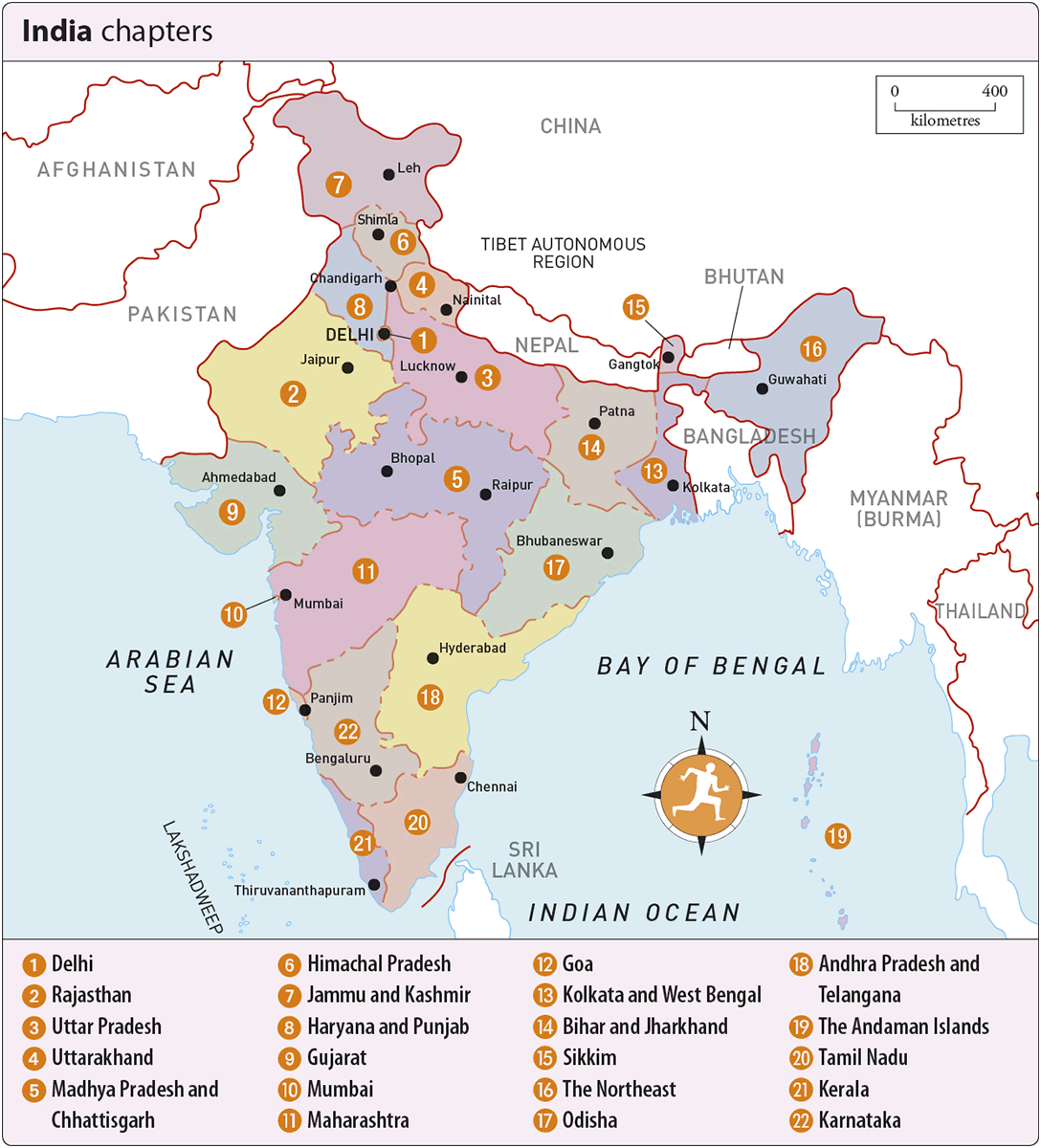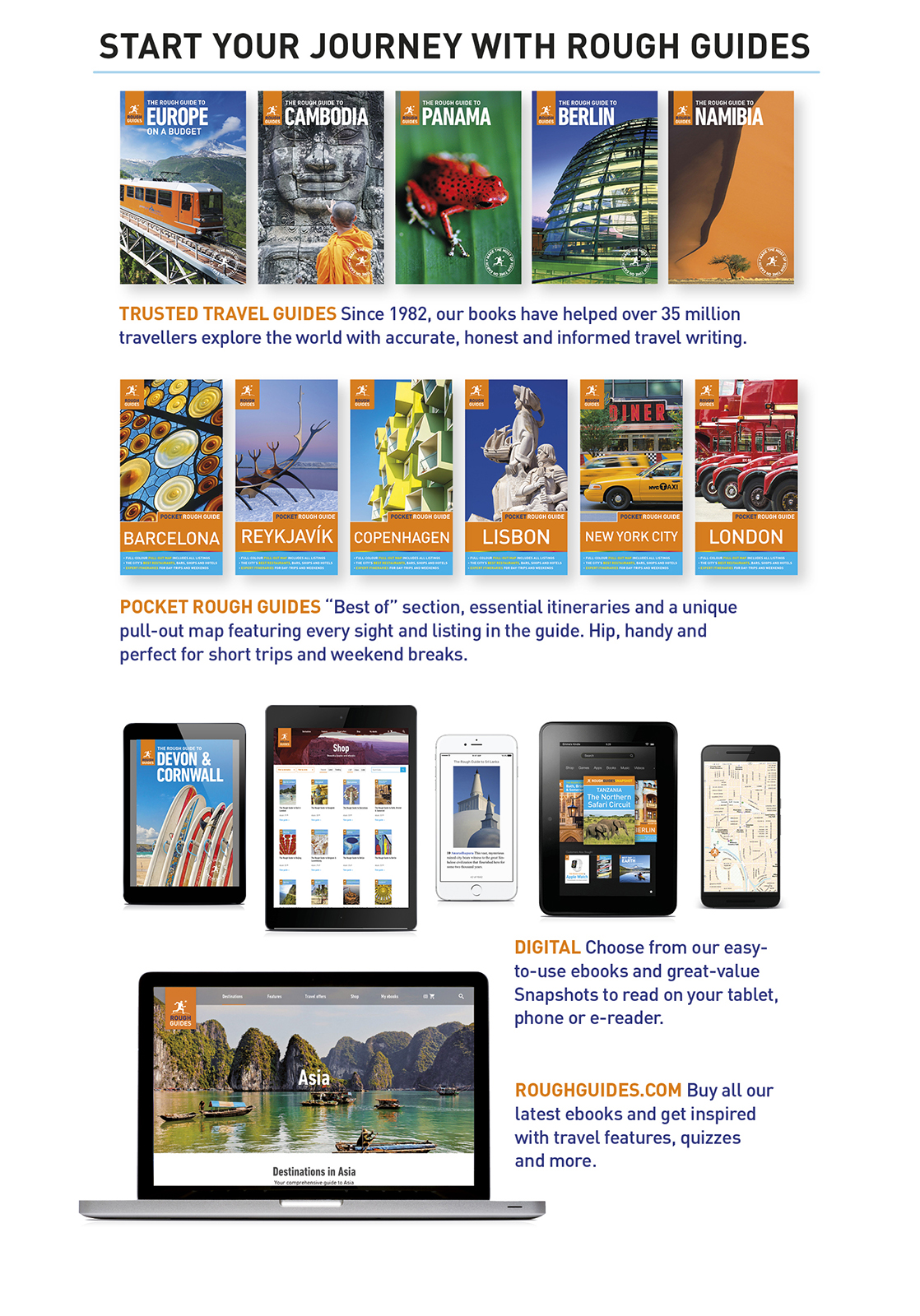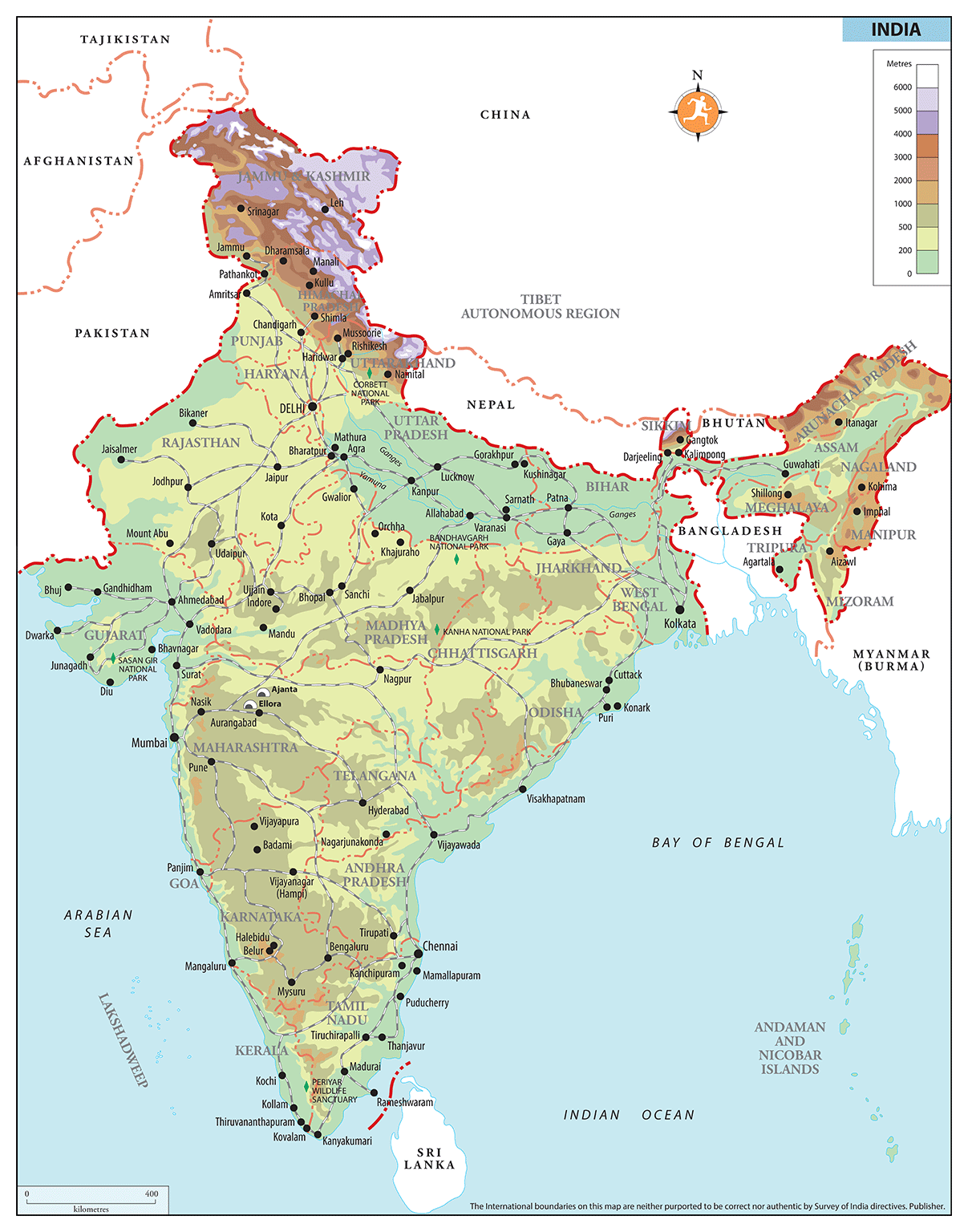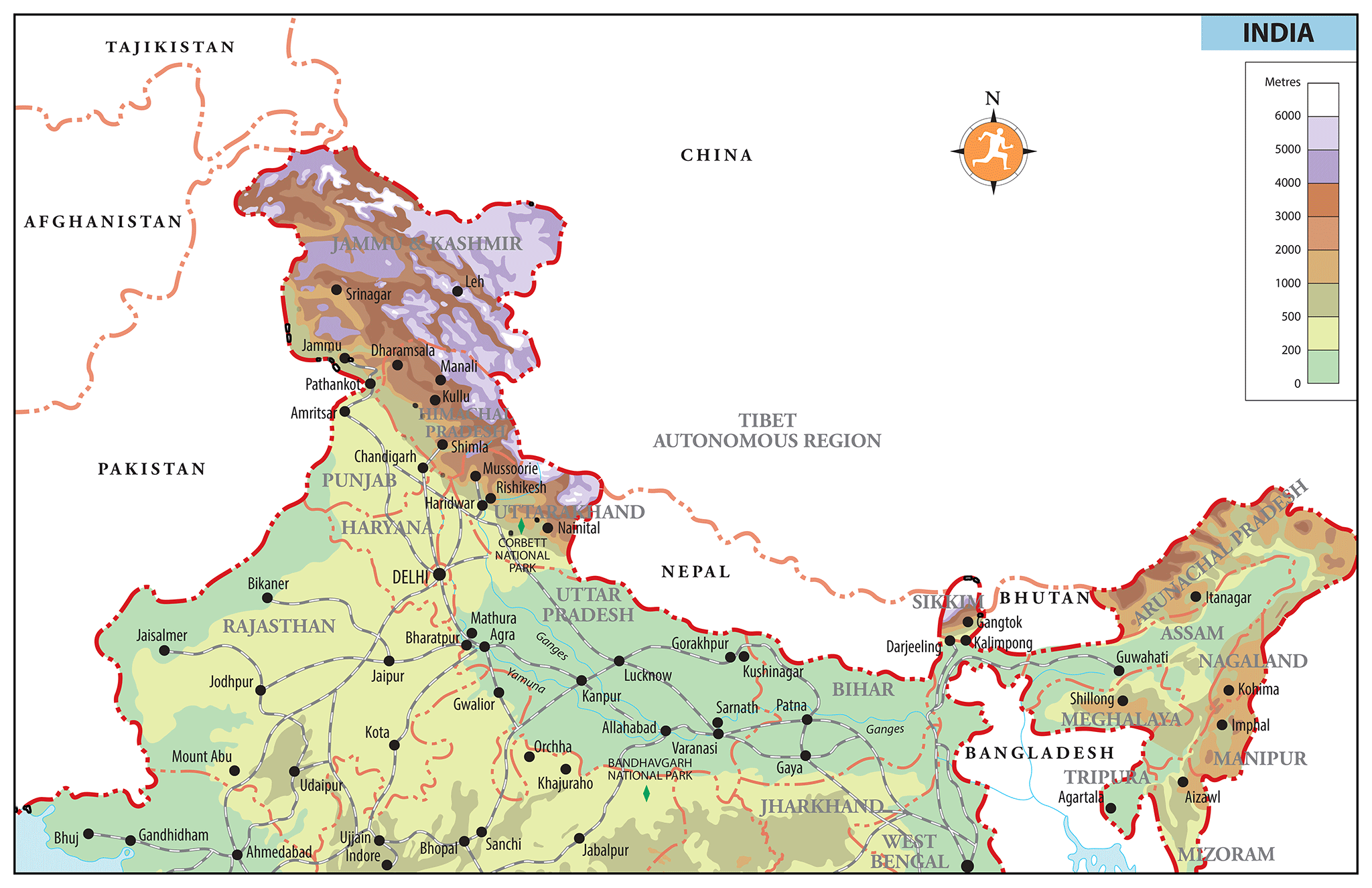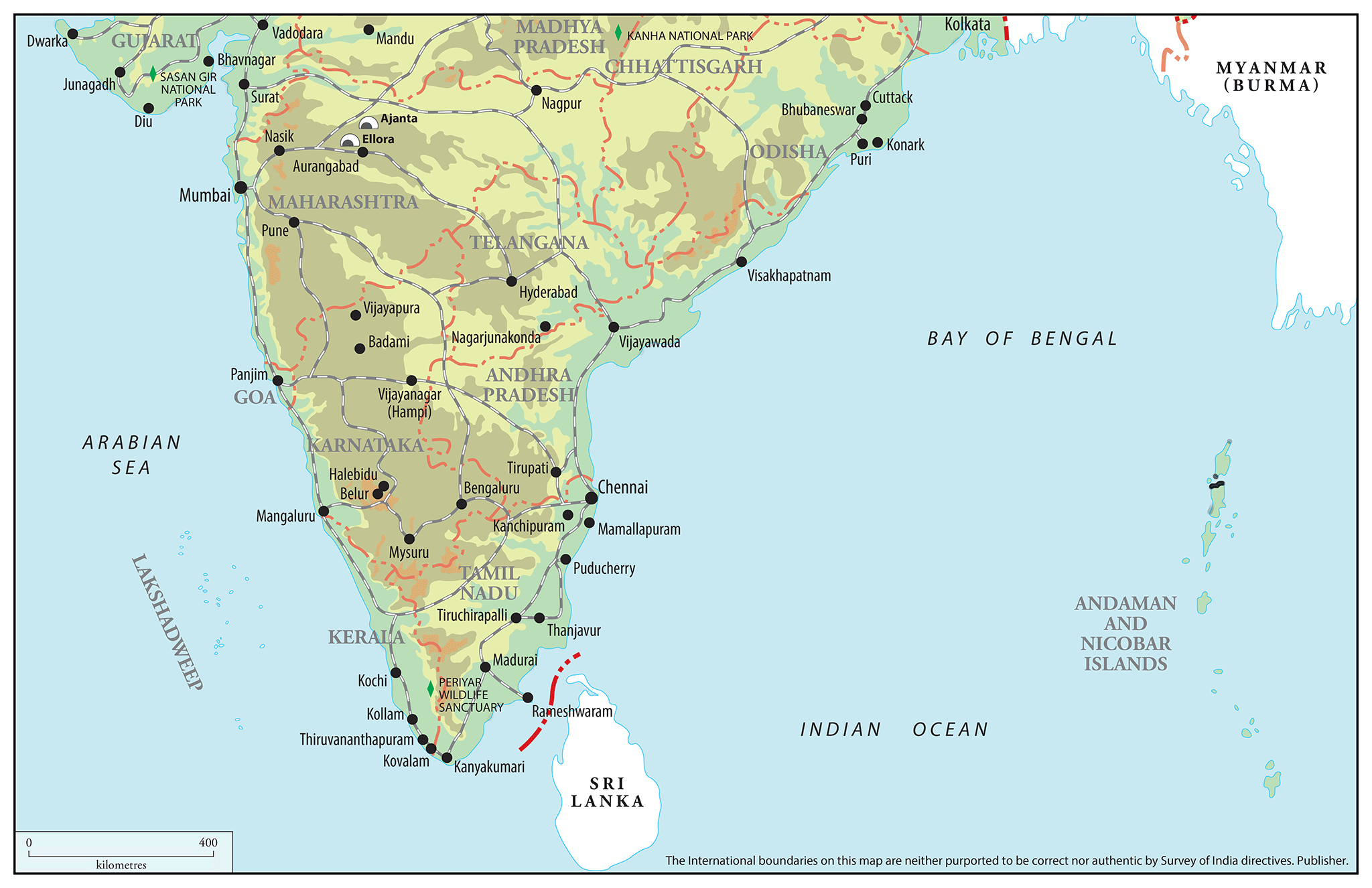HOW TO USE THIS ROUGH GUIDE EBOOK
This Rough Guide is one of a new generation of informative and easy-to-use travel-guide ebooks that guarantees you make the most of your trip. An essential tool for pre-trip planning, it also makes a great travel companion when youre on the road.
From the section.
Detailed area maps feature in the guide chapters and are also listed in the , accessible from the table of contents. Depending on your hardware, you can double-tap on the maps to see larger-scale versions, or select different scales. There are also thumbnails below more detailed maps in these cases, you can opt to zoom left/top or zoom right/bottom or view the full map. The screen-lock function on your device is recommended when viewing enlarged maps. Make sure you have the latest software updates, too.
Throughout the guide, weve flagged up our favourite places a perfectly sited hotel, an atmospheric caf, a special restaurant with the author pick icon  . You can select your own favourites and create a personalized itinerary by bookmarking the sights, venues and activities that are of interest, giving you the quickest possible access to everything youll need for your time away.
. You can select your own favourites and create a personalized itinerary by bookmarking the sights, venues and activities that are of interest, giving you the quickest possible access to everything youll need for your time away.
INTRODUCTION TO INDIA
India, it is often said, is not a country, but a continent. Stretching from the frozen summits of the Himalayas to the tropical greenery of Kerala, its expansive borders encompass an incomparable range of landscapes, cultures and people. Walk the streets of any Indian city and youll rub shoulders with representatives of several of the worlds great faiths, encounter temple rituals performed since the time of the Egyptian Pharaohs and spot onion-domed mosques erected centuries before the Taj Mahal and quirky echoes of the British Raj on virtually every corner.
FACT FILE
- The Republic of India, whose capital is Delhi , is bordered by Afghanistan, China, Nepal and Bhutan to the north, Bangladesh and Myanmar (Burma) to the east and Pakistan to the west.
- Its the seventh largest country in the world, covering more than three million square kilometres, and is second only to China in terms of population, at more than 1.25 billion . Hindus comprise eighty percent of the population, Muslims 14 percent, and there are millions of Christians, Sikhs, Buddhists and Jains. Twenty-three official languages are spoken, along with more than a thousand minor languages and dialects. Hindi is the language of more than forty percent of the population; English is also widely spoken.
- The caste system is pervasive and, although integral to Hindu belief, it also encompasses non-Hindus. It holds special sway in rural areas and may dictate where a person lives and what their occupation is.
- Eighty-one percent of males over 15 are literate , compared to 61 percent of females: 71 percent of the total adult population.
- Mawsynram, in the northeastern state of Meghalaya, is the wettest place on Earth , with an average annual deluge of 11,871mm.
- Indian Railways is Indias largest employer, with around 1.4 million workers.
- Producing over 1900 movies each year and turning over US$4 billion, Indias film industry is the largest in the world, in terms of ticket numbers if not box office receipts.
That so much of Indias past remains discernible today is all the more astonishing given the pace of change since Independence in 1947. Spurred by the free-market reforms of the early 1990s, the economic revolution started by Rajiv Gandhi has transformed the country with new consumer goods, technologies and ways of life. Infrastructure has improved, too, making visiting the country easier than ever before. A growing number of cities boast gleaming new metro systems, and are linked by faster highways and speedier, more comfortable trains. The accommodation sector is blossoming, too, with homestays mushrooming in popularity and new breed of hostels opening up. Even your Indian visa can now be obtained online.
However, the presence in even the most far-flung market towns of ubiquitous wi-fi, the latest smartphones and Mahindra SUVs has thrown into sharp relief the problems that have bedevilled India since long before it became the worlds largest secular democracy. More than twenty percent of Indias inhabitants remain below the poverty line; no other nation on earth has slum settlements on the scale of those in Delhi, Mumbai and Kolkata, nor so many malnourished children, uneducated women and homes without access to clean water and waste disposal.
Many first-time visitors find themselves unable to see past such glaring disparities. Others come expecting a timeless ascetic wonderland and are surprised to encounter one of the most materialistic societies on the planet. Still more find themselves intimidated by what may seem, initially, an incomprehensible and bewildering continent. But for all its jarring juxtapositions, intractable paradoxes and frustrations, India remains an utterly compelling destination. Intricate and worn, its distinctive patina the stream of life in its crowded bazaars, the ubiquitous filmi music, the pungent melange of diesel fumes, cooking spices, dust and dung smoke casts a spell that few forget from the moment they step off a plane. Love it or hate it and most travellers oscillate between the two India will shift the way you see the world.
Where to go
The best Indian itineraries are the simplest. It just isnt possible to see everything in a single expedition, even if you spent a year trying. Far better, then, to concentrate on one or two specific regions and, above all, to be flexible. Although it requires a deliberate change of pace to venture away from the urban centres, rural India has its own very distinct pleasures. In fact, while Indian cities are undoubtedly adrenalin-fuelled, upbeat places, it is possible and certainly less stressful to travel for months around the Subcontinent and rarely have to set foot in one.
The most-travelled circuit in the country, combining spectacular monuments with the flat, fertile landscape that for many people is archetypally Indian, is the so-called Golden Triangle in the north: Delhi itself, the colonial capital; Agra, home of the Taj Mahal; and the Pink City of Jaipur in Rajasthan . Rajasthan is probably the single most popular state with travellers, who are drawn by its desert scenery, the imposing medieval forts and palaces of Jaisalmer, Jodhpur, Udaipur and Bundi, and by the colourful traditional dress.

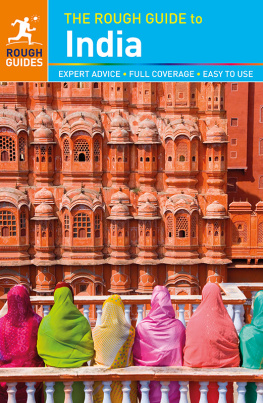
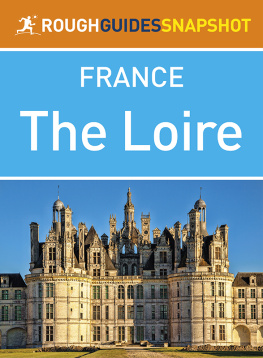
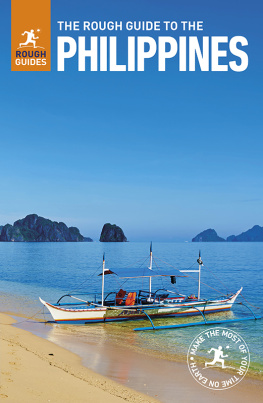
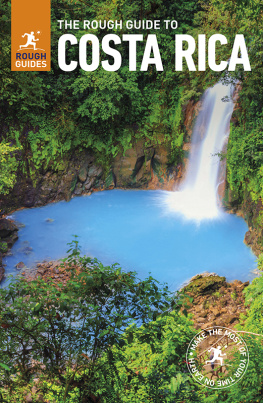
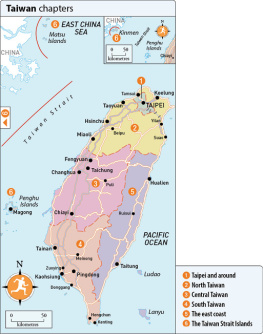
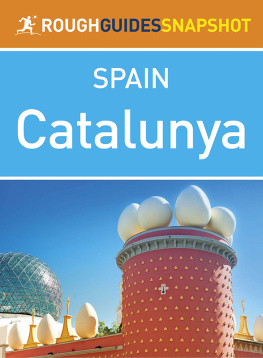
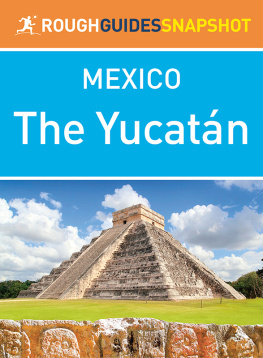
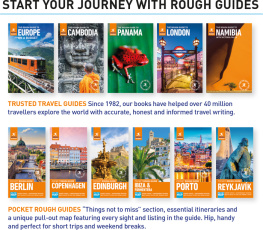
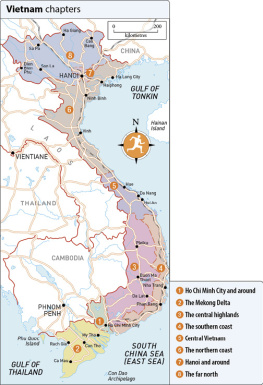

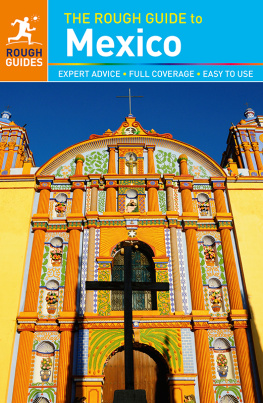
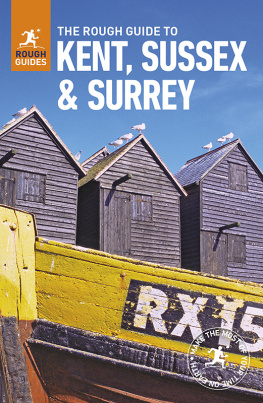
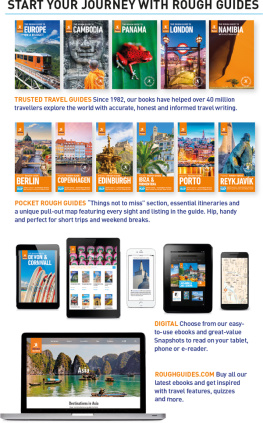
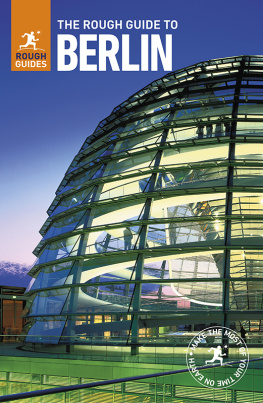

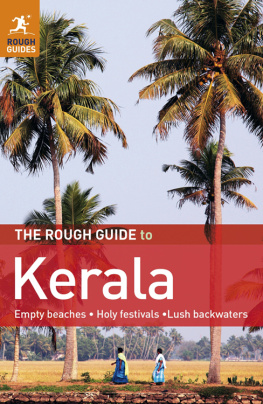
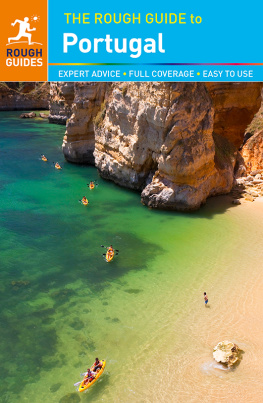
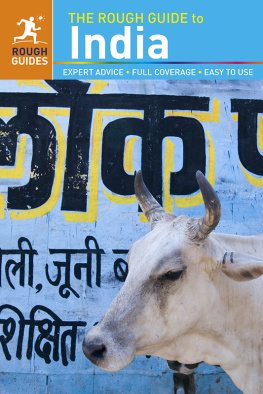


 . You can select your own favourites and create a personalized itinerary by bookmarking the sights, venues and activities that are of interest, giving you the quickest possible access to everything youll need for your time away.
. You can select your own favourites and create a personalized itinerary by bookmarking the sights, venues and activities that are of interest, giving you the quickest possible access to everything youll need for your time away.